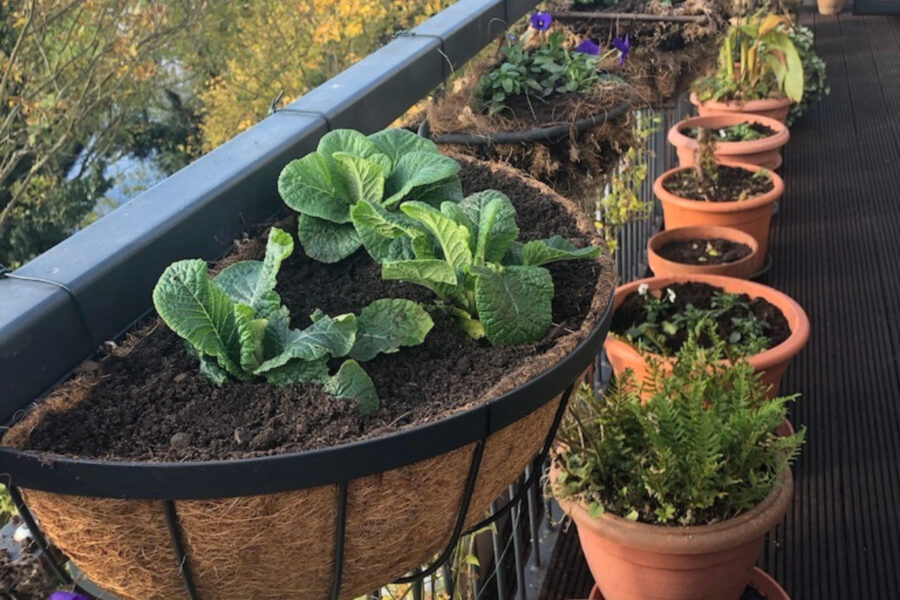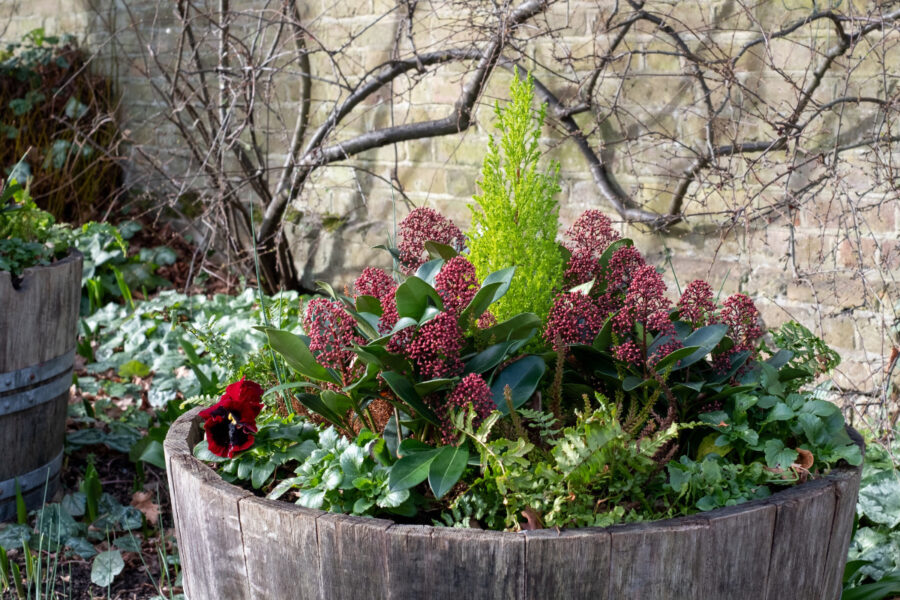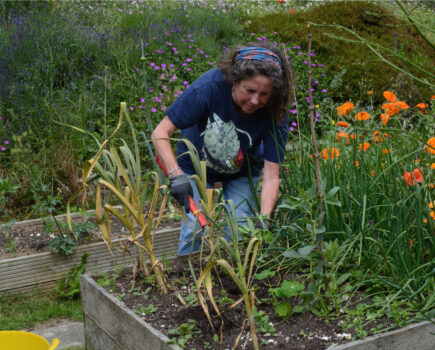Chris Collins shares tips for getting the compost for your pots just right
Growing in containers presents a new set of challenges for the gardener, particularly when it comes to soil. In open ground, you can feed and nourish, carefully turning natural waste into compost then adding it back to the soil to maintain organic matter content, soil integrity and drainage.
The situation is very different in a pot as composts quickly deplete due to the leaching of nutrients through regular irrigation. Gardeners need a different set of methods to grow successfully, particularly when it comes to seasonal plants.
The first big decision is what compost to choose. Go to any garden centre and there’s an array of choices. But I say, don’t skimp on compost. A decent peat-free multipurpose compost in the slightly higher price range will be worth every penny.
Peat-free composts are vastly improved these days. When I started using it many decades ago it fell well short, but good soil science has improved immeasurably. I would also avoid mainly green waste options. They’re great for mulching and soil improvement but make poor container composts as they’re often quite coarse and are low in nutrients.

Keeping plants healthy as the seasons change
To grow plenty of healthy crops, I do what I like to call ‘the seasonal changeover’. I refresh the compost in my baskets and big pots at the end of the summer by removing half and replacing it with fresh material.
If all that work sounds a bit much, then perennial planting is a better choice as they just need regular feeding with e.g. comfrey pellets and organic liquid feeds. Applied little-and-often these will maintain plant health, and for larger plants make sure you underplant as this will reduce drying out and keep roots cool. A further option is every three or four years to lift out your plant and give the roots a gentle trim, knocking off as much of old compost as possible and then re-potting. This task is best done in the dormant season.
Remember the success of all plant growing relies on what your plants grow in, so for successful container growing make sure you don’t overlook it.
……..
Small space Q&A
Q. Can I use garden soil in my planters?
A. I would avoid garden soil in pots because there’s a chance you may bring in vine weevil or other unwanted guests. By all means mix in some topsoil, but it’s best purchased. For certified organic topsoil look for the British Standards mark BS3882, or a Soil Association logo. For topsoil/compost mixes look for the PASS100 symbol.
Q. What does it mean to ‘top-dress’ containers?
A. This is a great method for established plants that may be difficult to lift or repot. I like to mix stuff from my compost caddy, and office paper waste, with well-rotted compost and add in a layer on top of the existing compost throughout the growing season. I prefer to top dress when the plants are active as they benefit from the nutrient content. For perennial containers, my first top dress would be early spring.
Q. How can you tell if peat-free containers need watering? A Because of their high coir and woodchip content, peat-free mixes tend to dry out more easily. They also have a coarse texture, which can appear dry on the surface but damp further down. Check by putting your finger in the soil, or lift the pot to check its weight (wet pots will be heavy).
Find more tips, advice and articles like this at the Amateur Gardening website. Subscribe to Amateur Gardening magazine now





